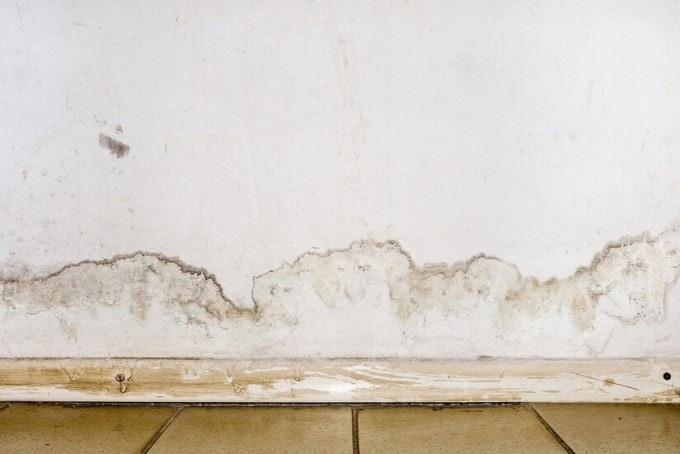The smell of tobacco smoke, high humidity, extensive use of carpets, and artificial fragrances are indicators that indoor air quality may be at risk of pollution.
According to a survey by the U.S. Environmental Protection Agency (EPA), people spend about 93% of their time indoors. Therefore, indoor air quality is crucial for ensuring health. Prolonged exposure to poor-quality air can cause or exacerbate respiratory infections, lung cancer, and chronic lung diseases such as asthma.
Master’s degree holder and physician Le Thi Hong Tham from the Respiratory Department at Tam Anh General Hospital in Hanoi states that indoor air can be even more polluted than outdoor air. The first sign of poor indoor air quality is when respiratory symptoms improve upon leaving the house and reappear upon returning. Below are the causes that can lead to air pollution in living spaces.
Smoking Indoors
Tobacco smoke is the leading cause of indoor air pollution. Smoking indoors exposes household members to secondhand smoke, leading to numerous adverse health effects in both children and adults, such as an increased risk of lung cancer, respiratory infections, and asthma.
Additionally, it has been found that tobacco smoke can remain in homes for up to nine years after smoking has stopped, even if the smell is no longer detectable. Tobacco smoke clings most persistently to fabric surfaces, carpets, and drywall, reacting with nitrogen molecules in the air to produce carcinogenic compounds and genetic mutations.
“Families should consider the indoor environment a no-smoking zone and absolutely prohibit anyone from smoking indoors,” Dr. Tham advises.
High Humidity
High indoor humidity creates ideal conditions for mold growth. Exposure to mold can cause irritation to the eyes, skin, nose, throat, and lungs. Even in the absence of mold, damp indoor air can lead to various upper respiratory illnesses such as rhinitis, sore throat, and lower respiratory conditions like asthma, bronchitis, and chronic obstructive pulmonary disease (COPD).
The best way to prevent mold is to control humidity and eliminate sources of moisture. Dr. Tham recommends keeping indoor humidity below 50%, using exhaust fans in bathrooms and kitchens to reduce moisture, and eliminating areas where water collects or leaks to prevent mold growth.

Mold contaminates indoor air. (Image: Freepik)
Extensive Use of Carpets
Carpets are items that trap many pollutants and allergens such as dust mites, pet dander, mold spores, chemicals, and dirt. These substances can become airborne during cleaning, vacuuming, or walking on the carpet. Additionally, the adhesives used to install carpets can also pose health risks. Children are particularly vulnerable as they frequently play on the floor and put their hands in their mouths.
Dr. Tham recommends that instead of carpets, families should opt for hard-surfaced flooring that is easy to clean. If carpets are still desired, they should be cleaned regularly using a dry-cleaning method to avoid mold growth. Carpets should not be placed in kitchens, bathrooms, or entryways where the floor is often damp and prone to mold.
Use of Cleaning Chemicals and Air Fresheners
Cleaning agents can irritate the eyes, throat, and cause headaches with prolonged exposure. They release several hazardous chemicals, including volatile organic compounds (VOCs), which can lead to chronic respiratory diseases such as asthma, COPD, bronchiectasis, and allergic reactions. VOCs are found in various cleaning products and air fresheners, including aerosol sprays, bleach, laundry detergents, dishwashing liquids, and carpet and floor cleaners.
Dr. Tham advises against using scented candles or air fresheners to mask odors in rooms. Instead, families should identify the source of the odor, clean it, and enhance ventilation to restore fresh air. When using cleaning products, it is advisable to choose those with natural ingredients and to avoid storing hazardous chemicals indoors.
Poor Ventilation Systems
Like lungs, homes need to “breathe” to bring in fresh air and replace stale, polluted air. Poor ventilation leads to the accumulation of mold, dust, and toxic gases in the air, resulting in respiratory illnesses and long-term health consequences.
All areas using fuel-burning appliances (gas stoves, wood stoves, coal stoves, heaters) require special ventilation systems to expel gases outside and eliminate toxic fumes produced during cooking. This system also needs regular maintenance to ensure optimal ventilation efficiency.


















































